ECOWATT LiFeP04: The ultimate power solution for various applications, offering high-performance traction, long service life, and lightning-fast charging. Ideal for motorhomes, solar systems, electric boats, and more. Experience reliable power like never before!
ECOWATT LiFeP04: The ultimate power solution for various applications, offering high-performance traction, long service life, and lightning-fast charging. Ideal for motorhomes, solar systems, electric boats, and more. Experience reliable power like never before!
















-
 1
1
-
 2
2
-
 3
3
-
 4
4
-
 5
5
-
 6
6
-
 7
7
-
 8
8
-
 9
9
-
 10
10
-
 11
11
-
 12
12
-
 13
13
-
 14
14
-
 15
15
-
 16
16
ECOWATT LiFeP04: The ultimate power solution for various applications, offering high-performance traction, long service life, and lightning-fast charging. Ideal for motorhomes, solar systems, electric boats, and more. Experience reliable power like never before!
Ask a question and I''ll find the answer in the document
Finding information in a document is now easier with AI
Other documents
-
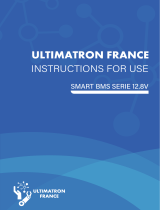 ULTIMATRON FRANCE LiFePO4 Smart BMS Series 12.8V Lithium Battery Operating instructions
ULTIMATRON FRANCE LiFePO4 Smart BMS Series 12.8V Lithium Battery Operating instructions
-
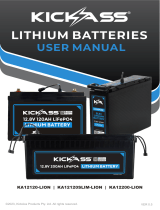 KickAss KA12120-LION 12V 120AH LiFePO4 Lithium Battery User manual
KickAss KA12120-LION 12V 120AH LiFePO4 Lithium Battery User manual
-
Technaxx TX-234 Owner's manual
-
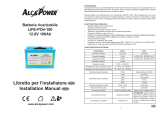 AlcaPower LiFE-PO4-100 Installation guide
AlcaPower LiFE-PO4-100 Installation guide
-
Victron energy Lithium Battery Smart Owner's manual
-
Victron energy Lithium Battery Smart Owner's manual
-
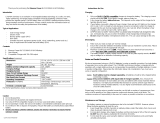 Bioenno Power BLF-12100AS User manual
Bioenno Power BLF-12100AS User manual
-
Victron energy Lithium Battery Smart Owner's manual
-
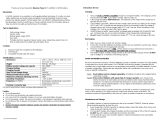 Bioenno Power BLF-12200AS User manual
Bioenno Power BLF-12200AS User manual
-
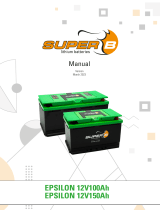 SUPER-B SUPER B EPSILON 12V100Ah Lithium Iron Phosphate Battery User manual
SUPER-B SUPER B EPSILON 12V100Ah Lithium Iron Phosphate Battery User manual





















